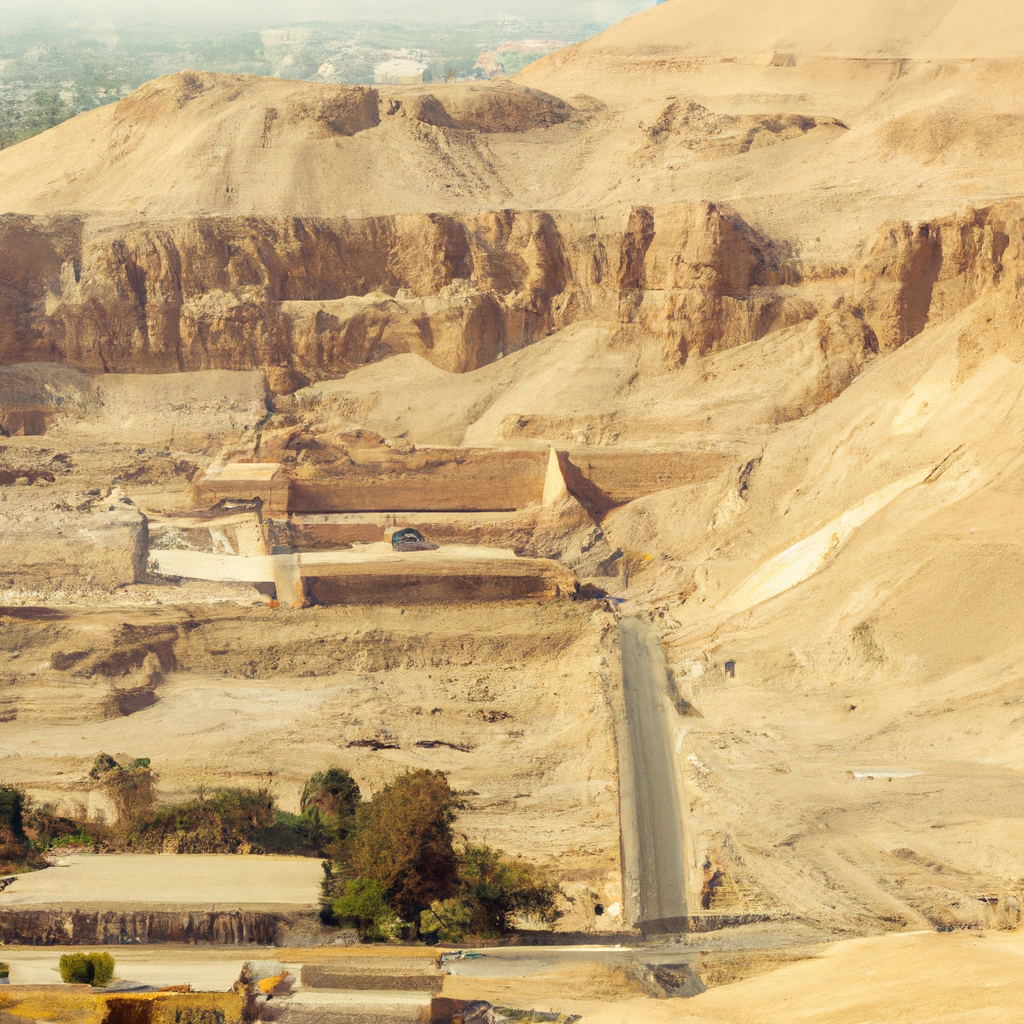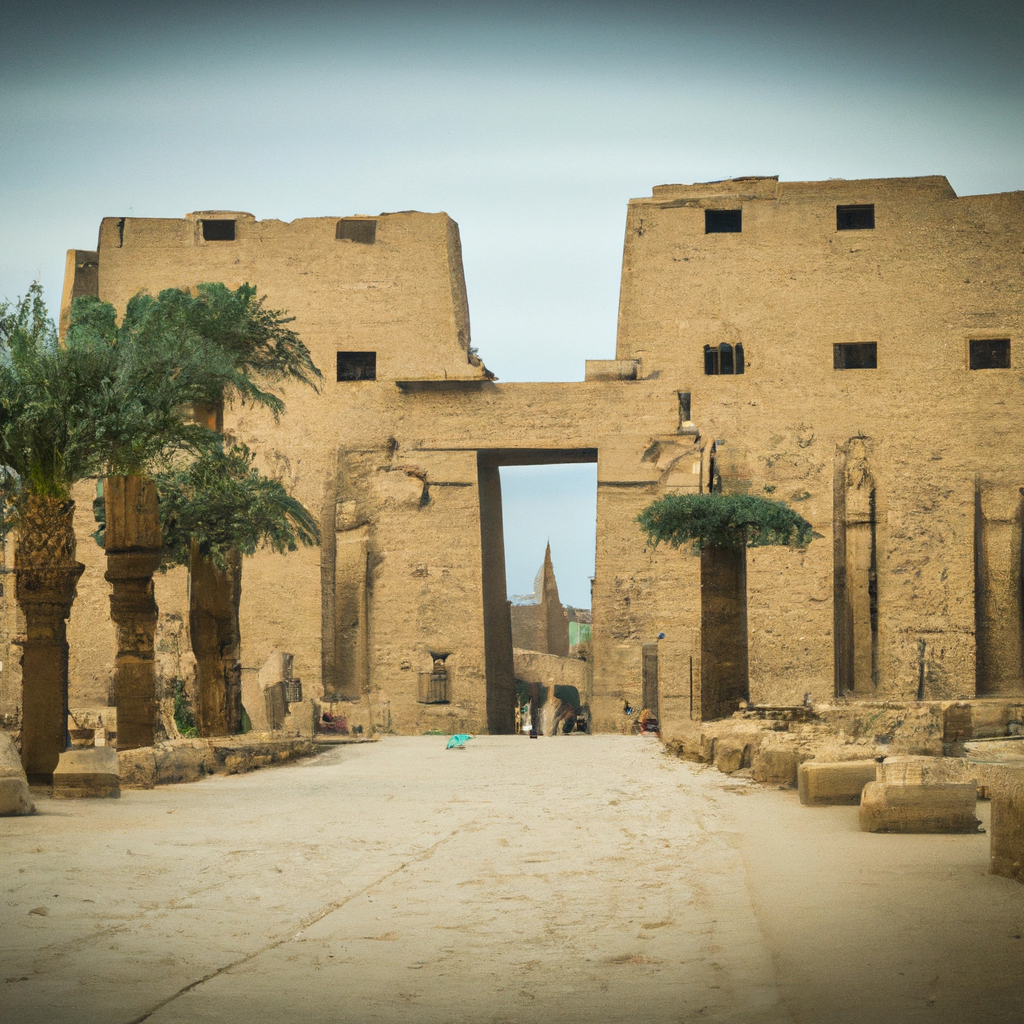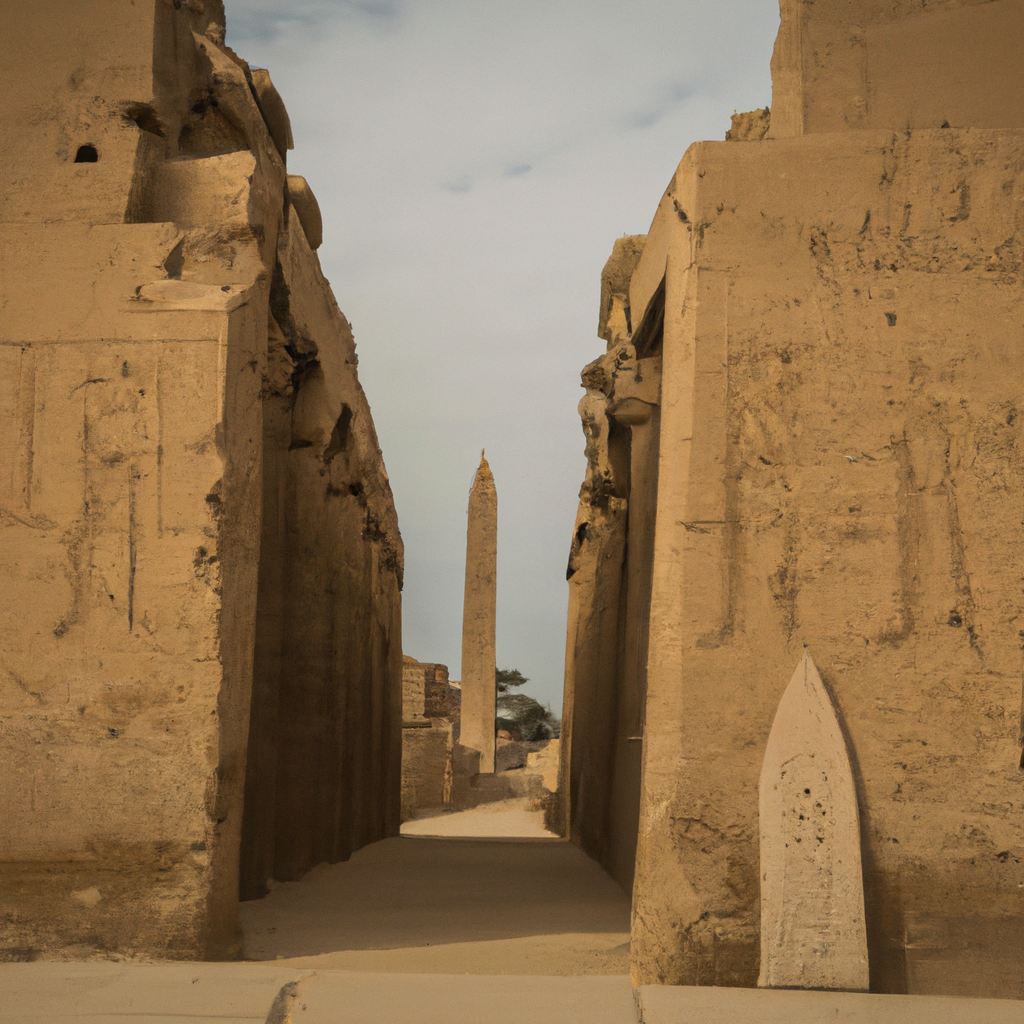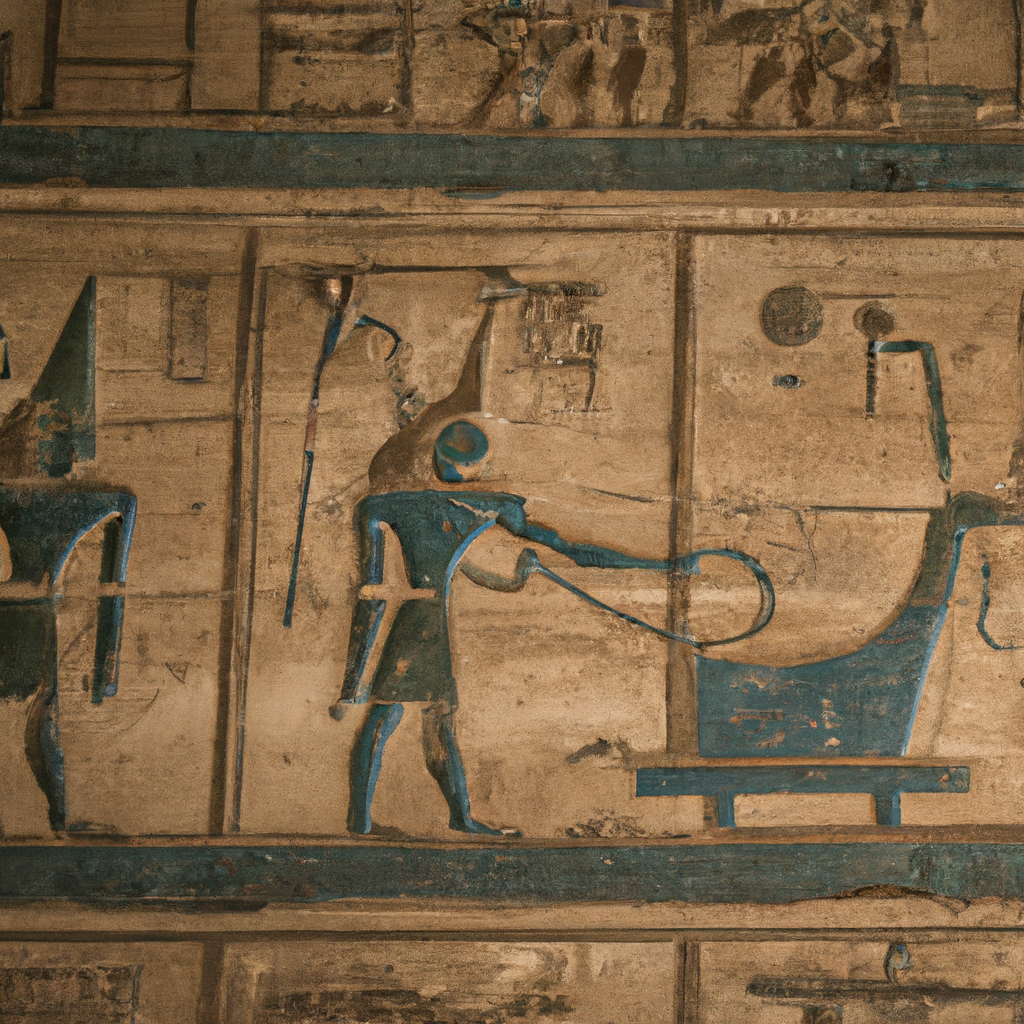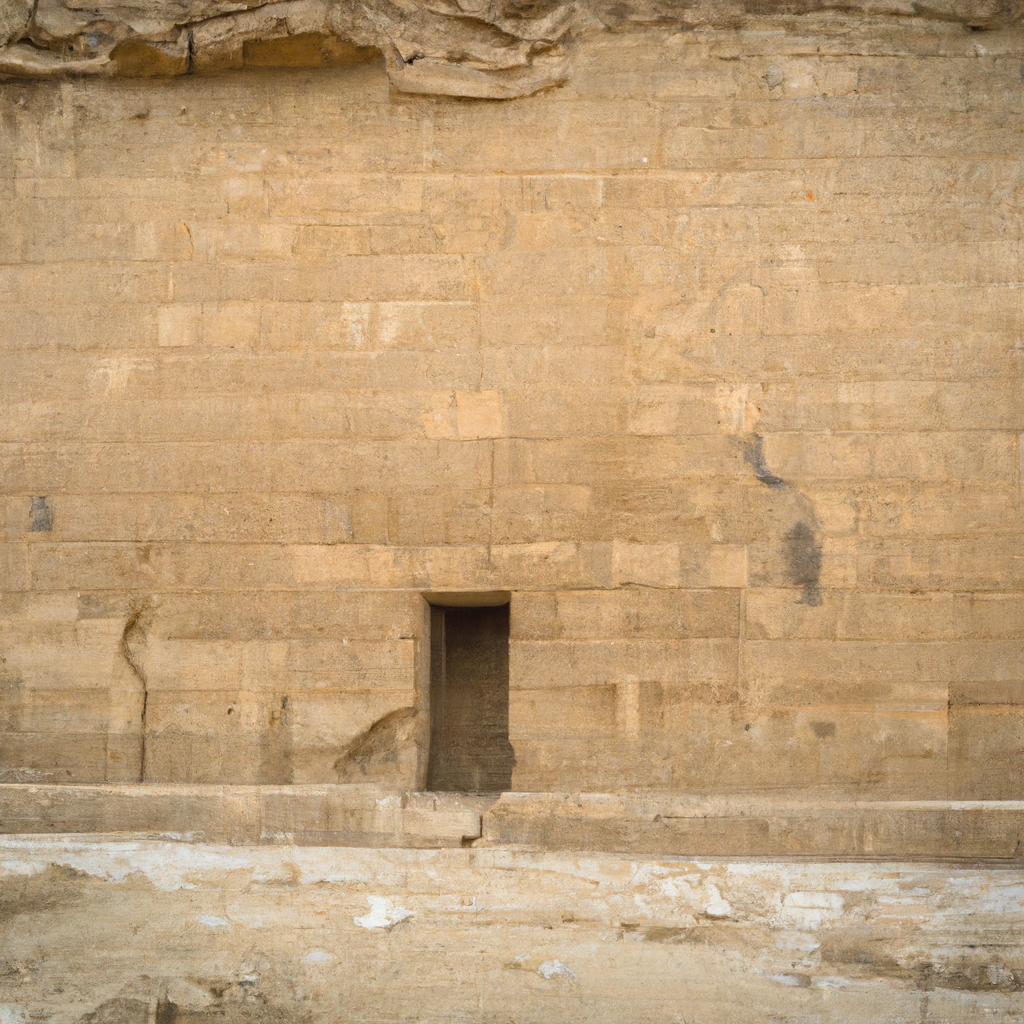Deir el-Medina In Egypt: Overview,Prominent Features,History,Interesting facts
Overview:
Deir el-Medina is a village in Egypt located on the west bank of the Nile River, near modern-day Luxor. The village was inhabited from approximately 1500 BC to 300 AD by skilled craftsmen and artisans who worked on the nearby tombs of the Valley of the Kings. It is considered to be one of the best preserved ancient settlements in Egypt, and is a famous site for archaeologists. It is one of the most beautiful monuments in Egypt
Prominent Features:
1. Workman's Village: The village of Deir el-Medina was a distinctive workman's village, located on the west bank of the Nile near Thebes (modern Luxor). It contained a well-organized system of houses, workshops, and other structures in a walled enclosure and was primarily occupied by ancient craftsmen and their families. 2. Tombs: The west part of the village consisted of tombs cut into the rock cliffs of the Valley of the Kings and the Valley of the Queens. Over 800 tombs have been discovered here, which served as the final resting places of the village inhabitants. 3. Ancient Scripts: The townspeople of Deir el-Medina left behind some of the best-known examples of ancient Egyptian hieratic scripts. Their graffiti, paintings, and other evidence have provided invaluable clues to researchers who seek to better understand life in this ancient society. 4. Deir el-Medina Temple: The temple of Deir el-Medina, known as the Temple of Hathor, was built in the 11th century BC to honor the mother goddess Hathor, who was the patron goddess of the village. The temple was one of the best preserved in ancient Egypt and still stands today. 5. Archaeology: Deir el-Medina is considered to be one of the most informative archaeological sites in Egypt. The remains uncovered here provide a wealth of information about ancient Egyptian society, from religious beliefs to everyday life. You can learn history, culture, and heritage through these magnificent monuments in Egypt.
History:
Deir el-Medina is an ancient Egyptian village that dates to the New Kingdom period (1550–1069 BCE). Located on the west bank of the Nile River across from Thebes in the modern Luxor Governorate of Egypt, it was the home to a workmen’s community who were employed in the construction of the royal tombs in the Valley of the Kings. The workers of Deir el-Medina were employed as craftsmen and sent to Thebes in Middle Egypt as early as 1550 BCE during the reign of Pharaoh Thutmose I. The founder of the New Kingdom, Ahmose I, granted them land and rights comparable to those of an independent city-state. Deir el-Medina was a self-contained and well-fortified village, with its own temple and necropolis. The workers lived in relative comfort and enjoyed considerable autonomy, having a legal code of their own. They also shared distinct professions, working as sculptors, stonecutters, masons, painters, engravers, metal workers, and embroiderers. Throughout its history, the village hosted numerous festivals and annual festivities that were attended by royalty and other members of the court. Its inhabitants also appear to have engaged in all manner of activities, including hunting, fishing, and farming. Inscriptions left by the villagers provide historians with a unique source of information about the lives and habits of the workers. The village survived until approximately 1050 BCE when it was abandoned as a result of changing religious and political conditions. All that remains of Deir el-Medina today is ruins and multiple tombs. The site is now a UNESCO World Heritage Site and serves as an important source of information on daily life in ancient Egypt. Visit one of the famous monuments of Egypt with your friends and family.
Interesting facts:
1. Deir el-Medina was an ancient Egyptian village built for the necropolis workers of Valley of the Kings, which was the burial place of the Pharaohs of the New Kingdom. 2. The village was unique in the sense that it had the first workers’ union in the history of mankind. 3. The necropolis workers of Deir el-Medina lived in the village and were allowed to take their families, servants and livestock with them. 4. The village was found in 1822 by Giovanni Belzoni, an Italian explorer, when the village was still in use. 5. The necropolis workers maintained high standards of living and had access to food, clothing, and medical care. 6. The village at Deir el-Medina also had a temple, which was shared by all the inhabitants. 7. The houses of Deir el-Medina were organized in blocks and each block had its own streets and open spaces. 8. The village at Deir el-Medina was one of the longest inhabited areas in the country and was home to various crafts such as painting, masonry, carpentry, and metalworking. 9. Numerous valuable archaeological findings from the New Kingdom period were discovered in the village, including jewelry, tools, and figurines. 10. After the fall of the New Kingdom, the village at Deir el-Medina was abandoned. It was not until 2017 that the area reopened as a tourist site. One of the historical monuments of Egypt, it tells the story of a bygone era
Explore Egypt most popular tourist destination with us. Deir el-Medina In Egypt: Overview,Prominent Features,History,Interesting facts,which is 35.14 km away from Egypt main town, is the most popular destination to add in your travel wishlist.
-
City:
Egypt
-
state:
Egypt
-
country:
EG
-
country code:
Egypt
-
postcode:
12718
Location:
Egypt EG
